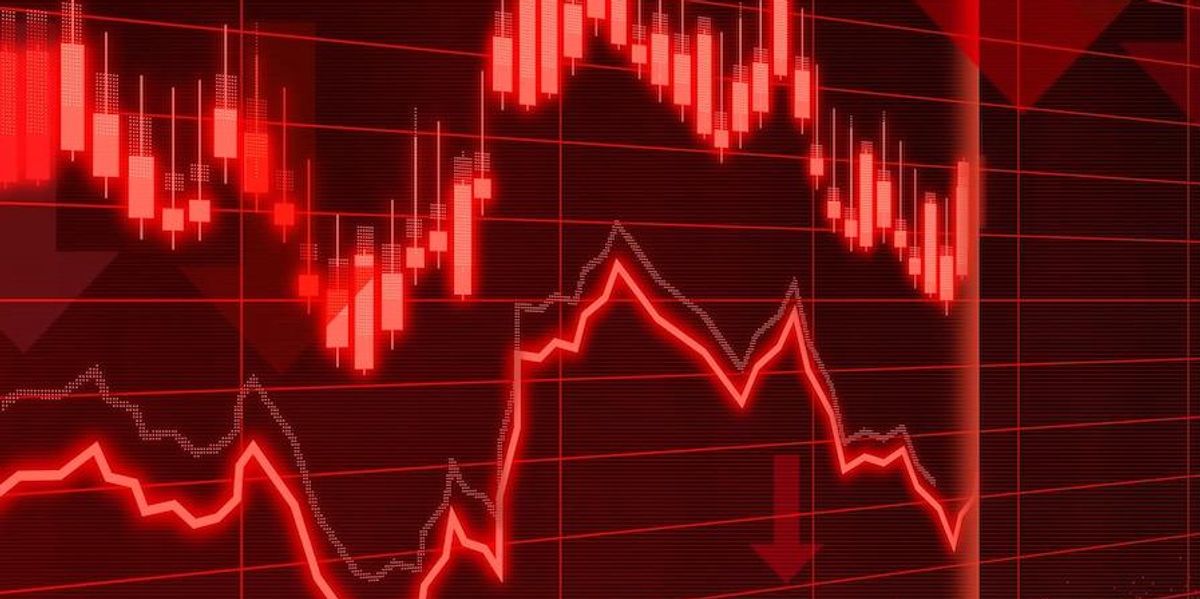Shares of lithium companies around the world have been on a downward spiral this week, tumbling after bearish calls from major banks fueled worries about supply for the key battery metal.
Last week, investment bank Goldman Sachs (NYSE:GS) reiterated its outlook for the lithium market, saying that “overcapacity and slowing (electric vehicle) sales” should put downward pressure on lithium prices next year.
The call follows the bank’s June prediction for oversupply in the lithium market, which most lithium analysts disagreed with. Although it still expects lower prices, Goldman Sachs has now revised its forecast for supply, predicting an 84,000 tonne deficit this year compared to its previous forecast of an 8,000 tonne surplus. The bank also changed its outlook for next year, and is now expecting a small surplus compared to the 76,000 tonne surplus it previously called for.
Meanwhile, Credit Suisse (NYSE:CS) said Wuxi lithium carbonate futures were down on “speculation in China that a major cathode producer might have slashed production targets and some Chinese firms forecasting softening in the market later in 2023.”
As a result of the banks’ commentary, top lithium producer Albemarle (NYSE:ALB), which operates brines in Chile’s Atacama desert, saw its share price fall more than 8 percent; rival SQM (NYSE:SQM), which also has operations in the South American country, was down more than 3 percent when markets opened, while Argentina-focused Livent (NYSE:LTHM) plummeted almost 6 percent.
Australian lithium producers were also hit hard this week, with Perth-based Pilbara Minerals (ASX:PLS,OTC Pink:PILBF) down almost 12 percent. Mineral Resources (ASX:MIN,OTC Pink:MALRF), which is also a big producer of iron ore, fell 5 percent, and Allkem (ASX:AKE,OTC Pink:OROCF), which operates the Salar de Olaroz in Argentina, saw the biggest loss at almost 14 percent.
Despite those declines, experts continue to emphasize lithium’s positive long-term outlook.
“I’m reiterating the issues I have with the (previous) Goldman Sachs report (and) the new version of the report,” Rodney Hooper of RK Equity told the Investing News Network (INN) on the sidelines of this year’s Benchmark Week event.
“The first thing is, and I keep repeating it, lithium production does not mean battery-grade supply, they’re two separate things. Qualification timelines are still tough. Everything that’s produced is not qualifying into the supply chain,” he said.
RK Equity’s battery-grade demand number is 40,000 tonnes more than Goldman Sachs’ forecast for 2022, with actual restocking of battery-grade material in 2022 being much lower than the bank’s numbers.
Hooper said he expects the lithium market to have a shortfall as big as this year, if not bigger, in 2023, with prices holding at US$65,000 to US$70,000 per tonne and staying at high levels until at least mid-decade.
Lithium juniors were not exempt from the selloff this week, which raises the question of whether this is a buying opportunity for investors interested in the lithium space.
“Lithium shares have run, so one needs to be selective,” Hooper told INN. “But I do see the market price holding for some time, which means that anything coming into production in the next while is going to enjoy high prices.”
Hooper believes there’s still value to be found in some early stage companies.
“I still think that early stage companies that can drill up have a lot of opportunity if we’re going to see elevated prices for most of this decade, which a lot of us believe that you will, and not necessarily at these levels, but high enough to be very profitable and well above what’s priced into the market,” he said.
Don’t forget to follow us@INN_Resource for real-time news updates!
Securities Disclosure: I, Priscila Barrera, hold no direct investment interest in any company mentioned in this article.
Editorial Disclosure: The Investing News Network does not guarantee the accuracy or thoroughness of the information reported in the interviews it conducts. The opinions expressed in these interviews do not reflect the opinions of the Investing News Network and do not constitute investment advice. All readers are encouraged to perform their own due diligence.
Image and article originally from investingnews.com. Read the original article here.

